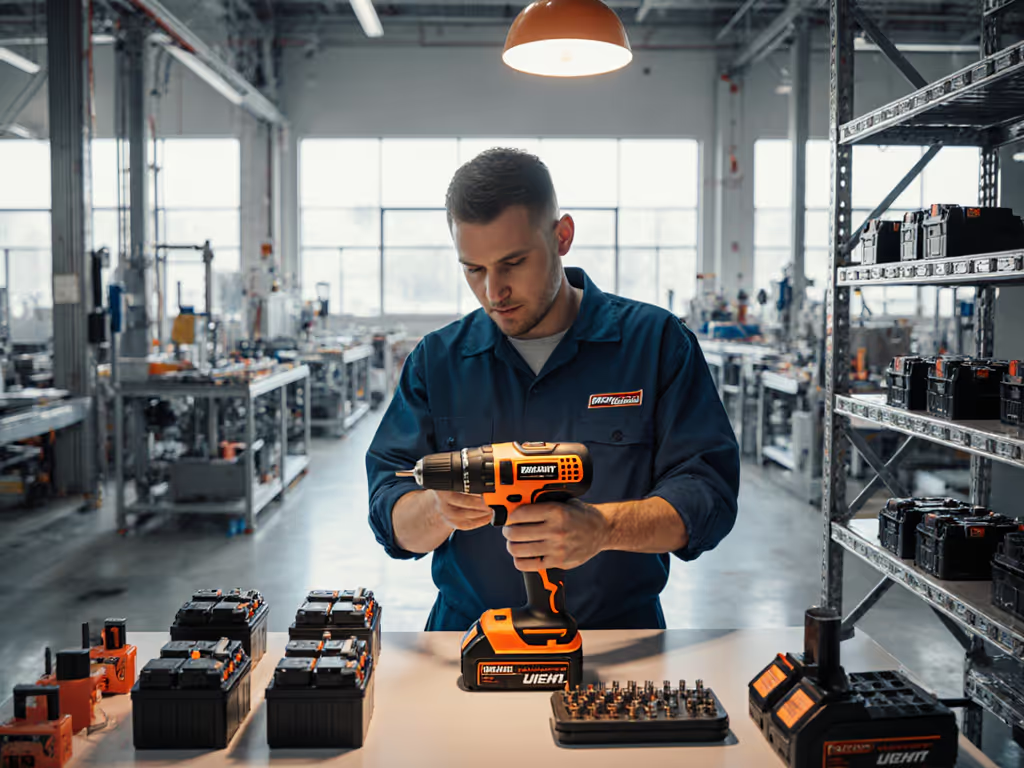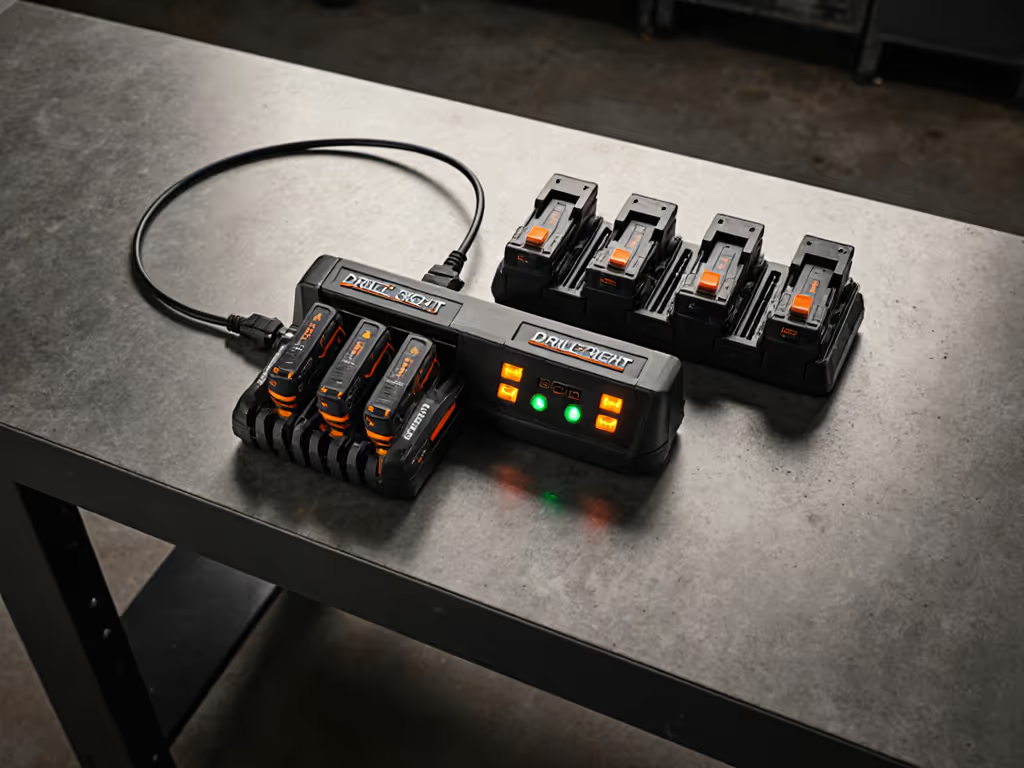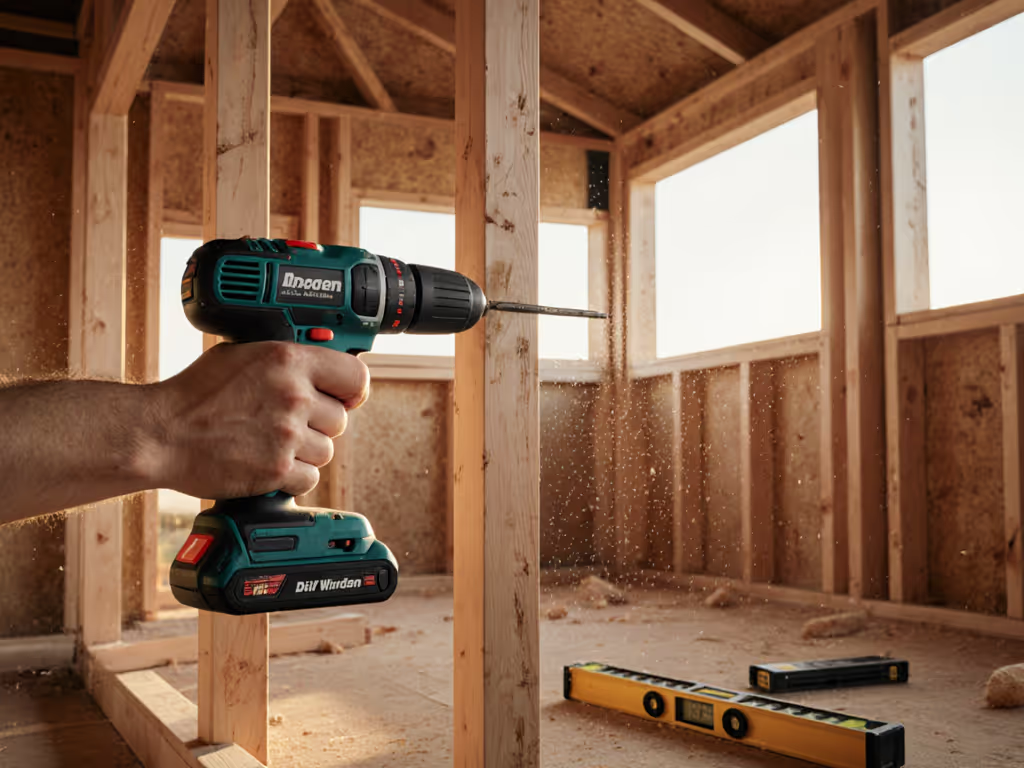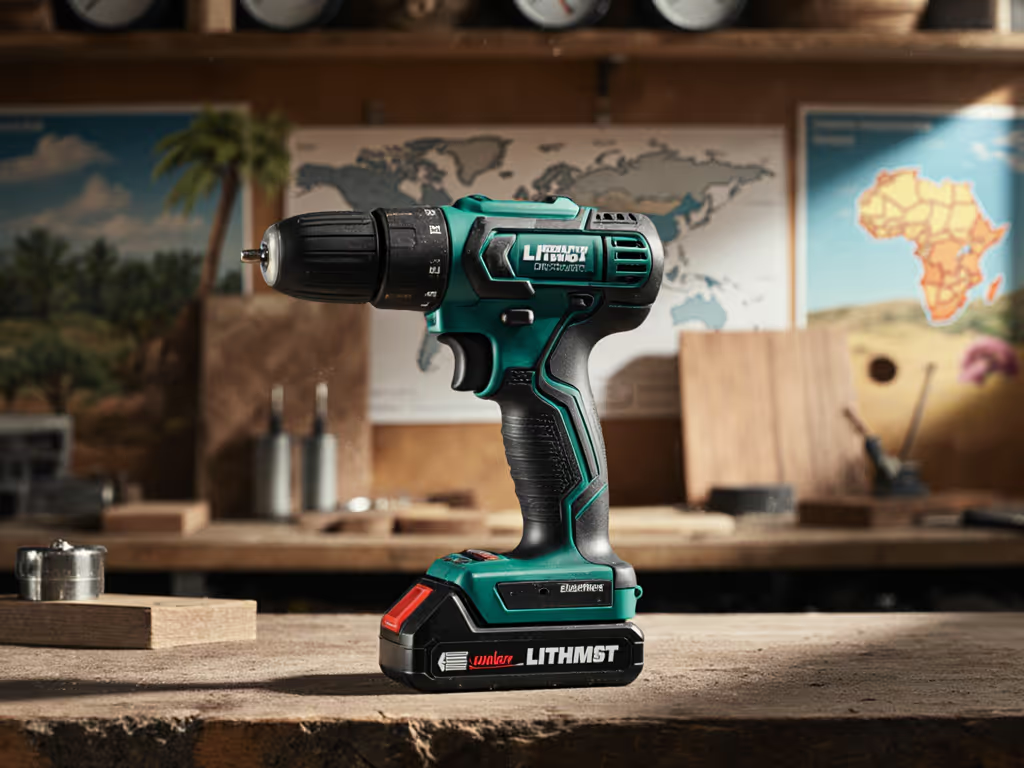
Factory-Direct Power Tools: Cut Out Middlemen Costs

When you're running crews on tight schedules, the choice between direct-from-factory power tools and traditional distribution channels isn't just about price, it's about operational integrity. Smart contractors understand that modern tool supply chain innovations can transform how crews function on-site, eliminating workflow friction that eats into productivity. As someone who plans platform rollouts for multi-crew operations, I've seen how strategic sourcing decisions impact daily efficiency far beyond the initial purchase. Batteries are a workflow, not accessories (plan them like materials).
1. The True Cost of Supply Chain Layers
Middlemen don't just add markups, they add operational risk. Traditional distribution models inflate costs by 15-30% through layers of intermediaries, but the hidden cost is timeline disruption. When you buy direct from the factory, you eliminate the communication lag between trading companies and actual manufacturers. This matters when your crew needs a specific voltage configuration for European jobsites or needs a tool modification for tight-space electrical work. One HVAC contractor I worked with reduced equipment downtime by 22% simply by switching to factory-direct partnerships that could troubleshoot technical issues with engineers in real time. Without the relay chain, timeline-aware planning becomes possible.
2. Quality Control as a Workflow Component
Factories with ISO9001 certification don't just meet standards, they build them into production. With direct-from-factory power tools, you gain visibility into the actual manufacturing process rather than relying on third-party assurances. This transparency matters when your crew needs consistent torque output across 20 impact drivers on a framing job. I've seen teams standardize platforms across multiple crews only to discover that inconsistent battery chemistry from trading companies caused random voltage drops during high-demand tasks. When tools are treated as logistics elements, quality control becomes a workflow checkpoint rather than a hopeful assumption. Charger placement is policy, not just convenience.

3. Customization as a Productivity Multiplier
The real value of factory-direct relationships emerges in tool customization options tailored to your specific workflows. Need a modified handle grip for overhead drywall work? Specialized chuck compatibility for specialty fasteners? Direct partnerships allow engineering feedback loops that turn pain points into productivity wins. One carpentry crew I consulted for secured custom depth stops on their factory-direct drills that reduced measurement errors by 37% on cabinetry installations. These aren't cosmetic tweaks; they're B2B power tool sourcing decisions that translate directly to hours saved per project. Risk-conscious operators treat tool specs as workflow variables, not just technical attributes.
4. Total Cost of Ownership Beyond Sticker Price
Manufacturer-direct pricing reveals the true TCO (total cost of ownership) that trading companies obscure. Consider battery ecosystems: factory-direct platforms often include cross-compatible battery systems that work across multiple tool categories. When I helped standardize a three-crew school retrofit project, we eliminated 8 lost hours weekly by switching to a single battery platform with predictable runtime (not by buying cheaper tools, but by understanding the logistics of the ecosystem). Those 'discounted' trading company tools with proprietary batteries created dead-tool shuffles that vanished when we treated batteries as inventory rather than accessories.
5. Strategic Inventory Management for Multi-Crew Operations
Factory-direct partnerships transform tool inventory from chaotic hoarding to precision logistics. When you control the supply chain, you can implement rotation schedules that match battery degradation curves to specific job phases. Working in temperature extremes? Follow our battery temperature care guide to preserve runtime and cycle life. Instead of having half your 20V batteries underperforming on torque-intensive tasks, you deploy premium cells for framing and reserve older batteries for lighter finish work. This systematic approach, treating tools as mission-critical assets, reduces the 'dead battery panic' that disrupts afternoon workflows. I've seen teams cut tool-related downtime by 31% through this checklist-driven inventory methodology.
6. Platform Standardization as a Force Multiplier
The most significant tool supply chain innovations address platform interoperability: the hidden workflow killer. When crews standardize on a single ecosystem through direct factory relationships, they eliminate the charger chaos that plagues multi-brand sites. One property management company reduced charger stations from six to two by switching to interoperable systems, freeing up valuable trailer space previously consumed by incompatible charging setups. This isn't just cost savings, it's regained workflow efficiency. As we've learned through hard experience, platform standardization directly impacts how crews move through tasks. Charger placement is policy that affects your entire worksite flow.
7. Future-Proofing Through Direct Relationships
The best direct-from-factory power tool programs include roadmap visibility that trading companies can't provide. When manufacturers share upcoming battery chemistry improvements or new tool compatibility timelines, you can plan ecosystem transitions without disrupting active projects. One electrical contractor I advised scheduled their battery fleet refresh during slow winter months after learning about an upcoming platform enhancement (avoiding the costly mid-season transition that would have grounded multiple crews). Timeline-aware operators treat power tool decisions as five-year operational commitments, not quarterly purchases. For a bigger-picture plan, see our contractor fleet management guide on standardizing drills across crews.
Batteries are logistics: treat the platform like an operations decision.
Conclusion: Building Systems, Not Just Toolboxes
Cutting out middlemen isn't just about cost reduction, it's about building workflow integrity into your equipment strategy. When you prioritize factory-direct partnerships that align with your crew's operational reality, you stop reacting to equipment failures and start designing systems that prevent them. The most successful contractors I work with have shifted from viewing tools as purchases to seeing them as integrated workflow components with measurable productivity impacts.
Ready to assess how your current tool sourcing strategy impacts crew productivity? Calculate your true cost of dead-tool downtime with our workflow audit checklist, because in professional operations, every minute counts.




